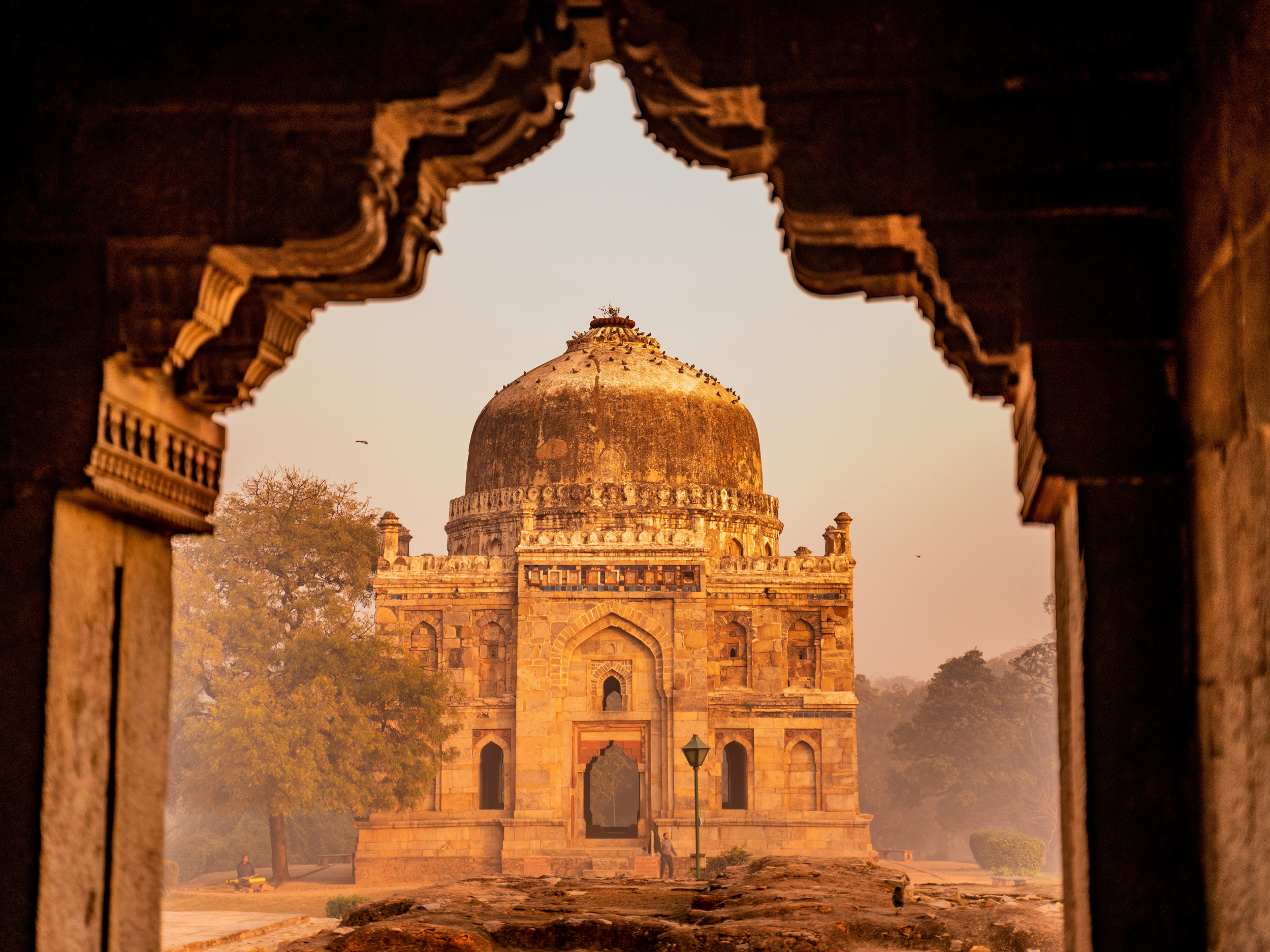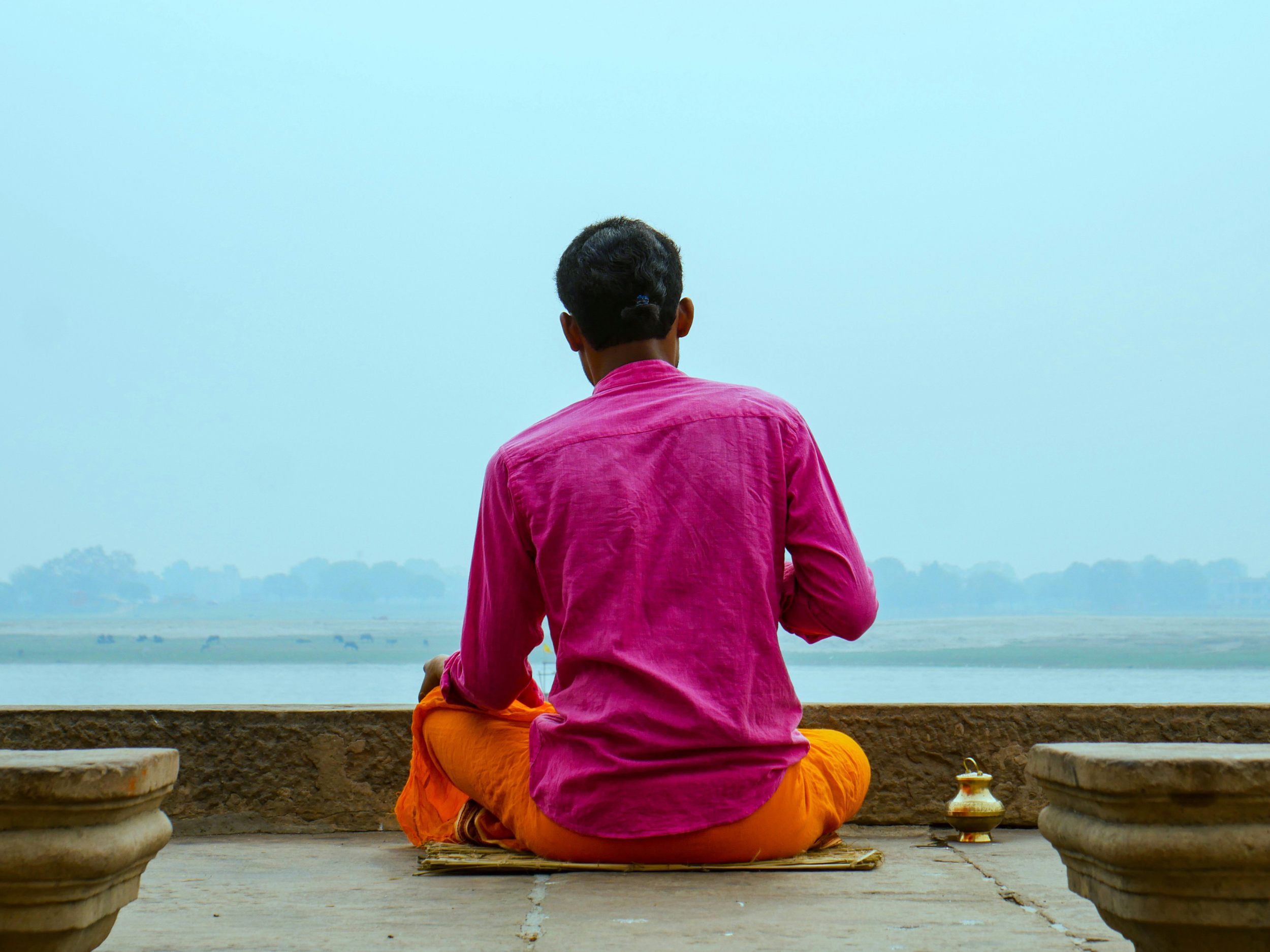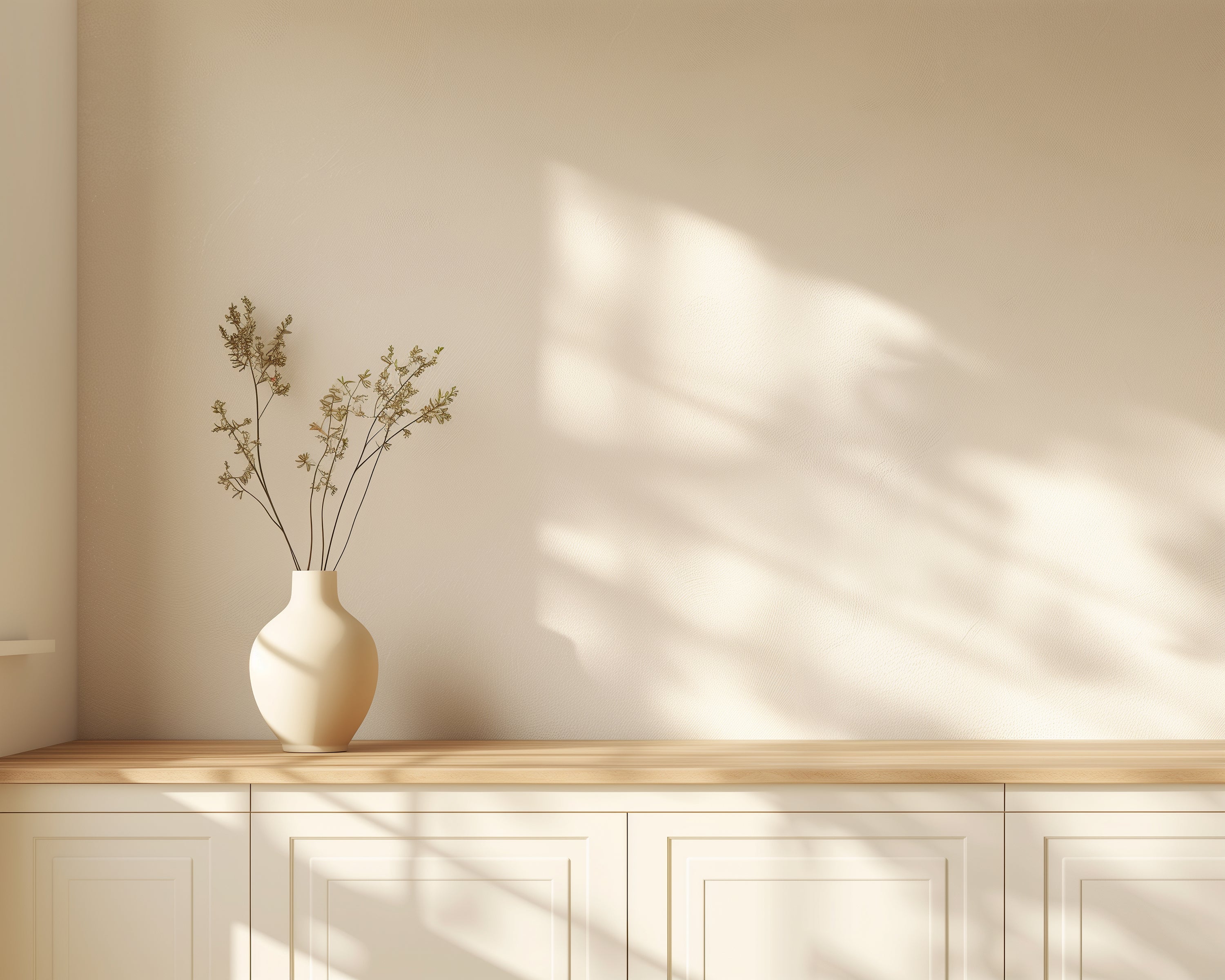Artículo: Sufi Spirit in Art: Sacred Geometry, Calligraphy, and Whirling Imagery

Sufi Spirit in Art: Sacred Geometry, Calligraphy, and Whirling Imagery
Introduction
Night draws a hush across stone and sand. A reed flute sighs in a distant courtyard, and every breath seems tuned to a single heartbeat hidden beneath creation. Such is the atmosphere that cradles Sufism: a path of remembrance where beauty serves as silent teacher. Art, for the Sufi seeker, is not ornament but prayer. Lines, hues, and rhythms are gateways through which the soul tastes divine nearness. This essay steps quietly into that sanctuary, exploring how artists translate longing and unity into form while guiding viewers toward the same still center.
Sacred Geometry and Rhythmic Repetition
Walk through any historic khanqah and your eyes meet endless patterns. Stars multiply across glazed tiles. Palmettes echo along carved screens. Each motif refuses isolation; instead, it circles back into itself, a visual reminder of tawheed. Scholars speak of sufi geometry patterns as a mirror of cosmic order, yet the experience is deeply intimate. Repetition settles the mind, much like a dhikr coil turning bead after bead. Here we witness sacred repetition in art, not mindless copying, rather a deliberate rhythm echoing the beat of "La ilaha illallah" in the heart. The balance of line and void offers quiet counsel: distinction exists, yet everything flows toward unity.
Craftspeople understood this guidance. A single artisan might spend years perfecting an eightfold rosette, trusting that every measured compass arc could carry prayer. Contemporary calligraffiti walls in Istanbul or Lahore continue that lineage, merging age-old geometry with spray-paint spontaneity. They prove that mystical art traditions are living conversations, not museum pieces.
Spiritual Calligraphy as Visual Zikr
If geometry whispers, calligraphy sings. The Arabic script possesses an elastic grace—letters stretch, curl, nestle, capable of cradling revelation. For many Sufi masters, writing God’s names counts as embodied remembrance, each stroke an exhalation of love. Spiritual calligraphy in Islam transforms ink into breath. The basmala unfolds like ripples on still water; Qur’anic verses bloom across parchment or dome. Viewers rarely finish reading before feeling the text in the chest.
In Morocco, maghribi script spirals across cedar doors, while Persian nasta’liq cascades on parchment as if descending from heaven. Modern artists layer gold leaf and acrylic, weaving poetry by Rumi and Hafiz into thick color swaths. Their canvases embody sufi poetry visual art, where word and image fuse so completely that language itself seems to bow. Through sweeping lam-alifs and looping ya's, the calligrapher delivers dhikr not only to the ear but to the eye, inviting the beholder to repeat the sacred melody within.
Whirling, Silence, and Longing in Motion and Color
Not every Sufi expression relies on line. Sometimes devotion whirls. Mevlevi dervishes spin, arms open, skirts blossoming in white arcs. This movement has inspired painters for centuries. Ottoman miniatures rendered the sema with precise brushstrokes; contemporary photographers capture robes in mid-spiral, translating turning bodies into still images charged with motion. Such works offer potent whirling dervish imagery, suggesting that color itself can spin.
Elsewhere, silence speaks. Iranian ceramicists choose pale glazes, allowing emptiness to resonate more loudly than ornament. A muted wall niche holding a single prayer bead string can feel as weighty as a royal manuscript. Longing is voiced through restraint: the untouched space between pigments, the pause between drumbeats, the hush after the ney player stops. Within these pauses blooms sufi aesthetic meaning. It is the ache of distance meeting the promise of union.
Painters of the Indian subcontinent often mingle pigments—indigo, saffron, dusty rose—layer over layer until a translucent glow emerges, hinting at dawn. Abstract fields evoke dust rising from retreat gatherings, while subtle gold flecks recall candlelit zikr circles. The viewer tastes worship through the eye, and devotional Islamic patterns breathe across canvas or textile, always inviting inward travel.
Closing Reflection
A traveler leaves the gallery at dusk. The city bustles, yet something inside remains still. Geometry echoed like heartbeats; letters murmured beloved Names; colors swirled then settled into quiet twilight. Such is the gift of sufi art symbolism. It guides without speaking loudly, ensuring the secret perfume of presence lingers long after footsteps fade.
Art that springs from Sufi devotion carries an open invitation: sense the pulse beneath the surface and meet the Beloved there. Whether through tiled stars, flowing scripts, or spinning skirts, every stroke says the same thing: come close. For those who listen with the inner ear, canvas becomes a compass, leading gently toward the One who paints dawn across every sky.


